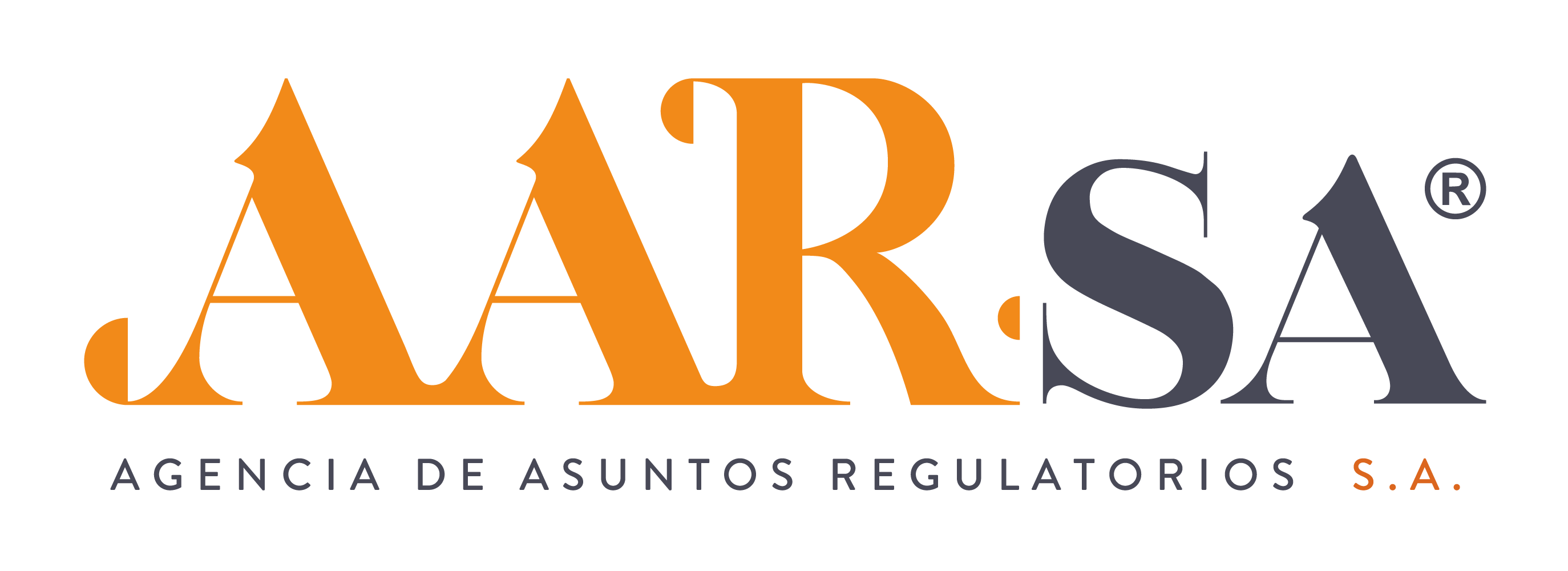In an increasingly regulated business world, regulatory compliance can seem like a difficult maze to navigate. However, streamlining the process is not only possible, but essential to the long-term success of any business. In this blog, we will explore some key strategies to simplify the path to regulatory compliance and make this journey more manageable and efficient.
1. Understanding Relevant Regulations
The first step to simplifying regulatory compliance is to understand the regulations that apply to your industry and geographic location. This involves identifying and analyzing the specific laws, regulations and standards that affect your business. By having a thorough understanding of these regulations, you can focus on the most relevant requirements and avoid wasting time and resources on less important aspects.
2. Implementation of Effective Management Systems
Implementing robust management systems can greatly simplify the regulatory compliance process. This includes the adoption of internationally recognized standards, such as ISO 9001 for quality management or ISO 13485 for medical devices. These systems provide a structured framework for process management, documentation and continuous improvement, making it easy to demonstrate compliance to regulatory authorities.
3. Automation of Repetitive Processes
Automating repetitive processes can save precious time and resources in regulatory compliance. Implementing specialized software can simplify tasks such as data collection and analysis, reporting, and documentation tracking. By reducing the manual workload, automation allows companies to focus on higher value-added activities and improve operational efficiency.
4. Staff Training and Awareness
Well-trained and regulatory-aware staff are critical to ensuring regulatory compliance. Providing regular training on relevant regulations, compliance procedures, and industry best practices can help keep all employees aware of their responsibilities and avoid costly mistakes. Raising staff awareness creates a culture of compliance throughout the organization, streamlining the entire process.
5. Collaboration with External Experts
In some cases, it may be beneficial to collaborate with external experts to simplify regulatory compliance. Consultants specializing in your industry can provide expert guidance, personalized advice, and additional resources to help address specific compliance challenges. By leveraging external expertise, companies can simplify the process and ensure they are complying with regulations effectively.
Conclusion
Simplifying the path to regulatory compliance is not only desirable, but necessary for business success in today’s environment. By adopting strategies such as understanding relevant regulations, implementing effective management systems, automating processes, training staff, and collaborating with external experts, companies can streamline the process and ensure compliance more efficiently and effectively. Join us in future discussions as we explore more ways to simplify the path to regulatory compliance!

